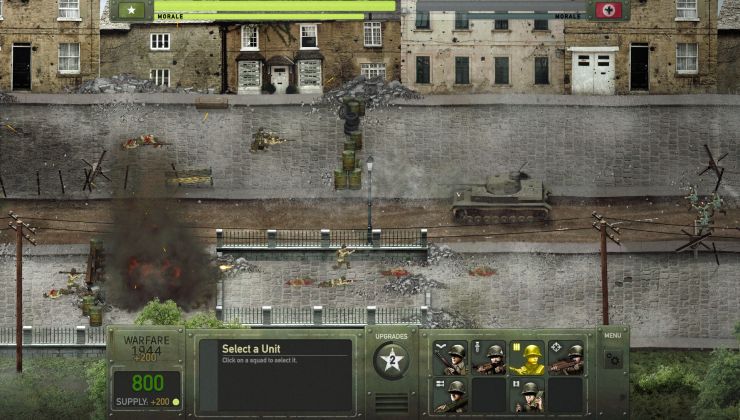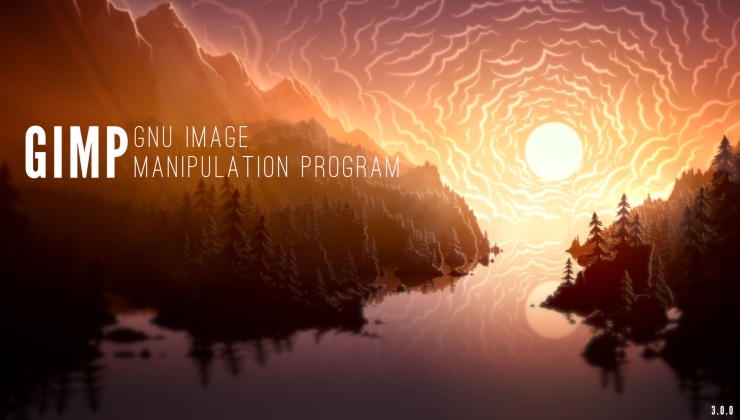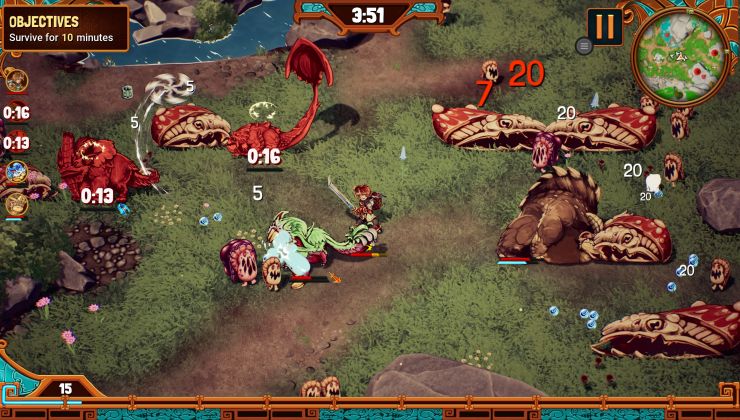Simple DirectMedia Layer is a cross-platform development library designed to provide low level access to audio, keyboard, mouse, joystick, and graphics hardware via OpenGL and Direct3D.
Now then this is great news, the project used by many including (most notably?) Valve for Steam has reached version 2.0 after many years in the making.
This is certainly a by-product of Valve supporting Linux since one of the developers working on SDL now works for Valve.
It is said in the announcement that Valve will be updating Steam shortly to include the new version.
These are the most important new features in SDL 2.0:
- Full 3D hardware acceleration
- Support for OpenGL 3.0+ in various profiles (core, compatibility,
debug, robust, etc)
- Support for OpenGL ES
- Support for multiple windows
- Support for multiple displays
- Support for multiple audio devices
- Android and iOS support
- Simple 2D rendering API that can use Direct3D, OpenGL, OpenGL ES, or
software rendering behind the scenes
- Force Feedback available on Windows, Mac OS X and Linux
- XInput and XAudio2 support for Windows
- Atomic operations
- Power management (exposes battery life remaining, etc)
- Shaped windows
- 32-bit audio (int and float)
- Simplified Game Controller API (the Joystick API is still here, too!)
- Touch support (multitouch, gestures, etc)
- Better fullscreen support
- Better keyboard support (scancodes vs keycodes, etc).
- Message boxes
- Clipboard support
- Basic Drag'n'Drop support
- Proper unicode input and IME support
- A really powerful assert macro
- Lots of old annoyances from 1.2 are gone
- Many other things!
See the release announcement here.
Now then this is great news, the project used by many including (most notably?) Valve for Steam has reached version 2.0 after many years in the making.
This is certainly a by-product of Valve supporting Linux since one of the developers working on SDL now works for Valve.
It is said in the announcement that Valve will be updating Steam shortly to include the new version.
These are the most important new features in SDL 2.0:
- Full 3D hardware acceleration
- Support for OpenGL 3.0+ in various profiles (core, compatibility,
debug, robust, etc)
- Support for OpenGL ES
- Support for multiple windows
- Support for multiple displays
- Support for multiple audio devices
- Android and iOS support
- Simple 2D rendering API that can use Direct3D, OpenGL, OpenGL ES, or
software rendering behind the scenes
- Force Feedback available on Windows, Mac OS X and Linux
- XInput and XAudio2 support for Windows
- Atomic operations
- Power management (exposes battery life remaining, etc)
- Shaped windows
- 32-bit audio (int and float)
- Simplified Game Controller API (the Joystick API is still here, too!)
- Touch support (multitouch, gestures, etc)
- Better fullscreen support
- Better keyboard support (scancodes vs keycodes, etc).
- Message boxes
- Clipboard support
- Basic Drag'n'Drop support
- Proper unicode input and IME support
- A really powerful assert macro
- Lots of old annoyances from 1.2 are gone
- Many other things!
See the release announcement here.
Some you may have missed, popular articles from the last month:
All posts need to follow our rules. For users logged in: please hit the Report Flag icon on any post that breaks the rules or contains illegal / harmful content. Guest readers can email us for any issues.
- Added annoyances by ripping out perfectly good subsystems, like Audio-CD support...
0 Likes
The Audio-CD support is really a loss (especially for projects like e.g. Dosbox which are using it), but it didn't work anyway any more for a lot of PCs, as SATA CD drives don't have an audio connection any more. IMHO a digital audio extraction would have been needed to keep the subsystem alive, but obviously nobody wrote it...
0 Likes





 How to set, change and reset your SteamOS / Steam Deck desktop sudo password
How to set, change and reset your SteamOS / Steam Deck desktop sudo password How to set up Decky Loader on Steam Deck / SteamOS for easy plugins
How to set up Decky Loader on Steam Deck / SteamOS for easy plugins
See more from me